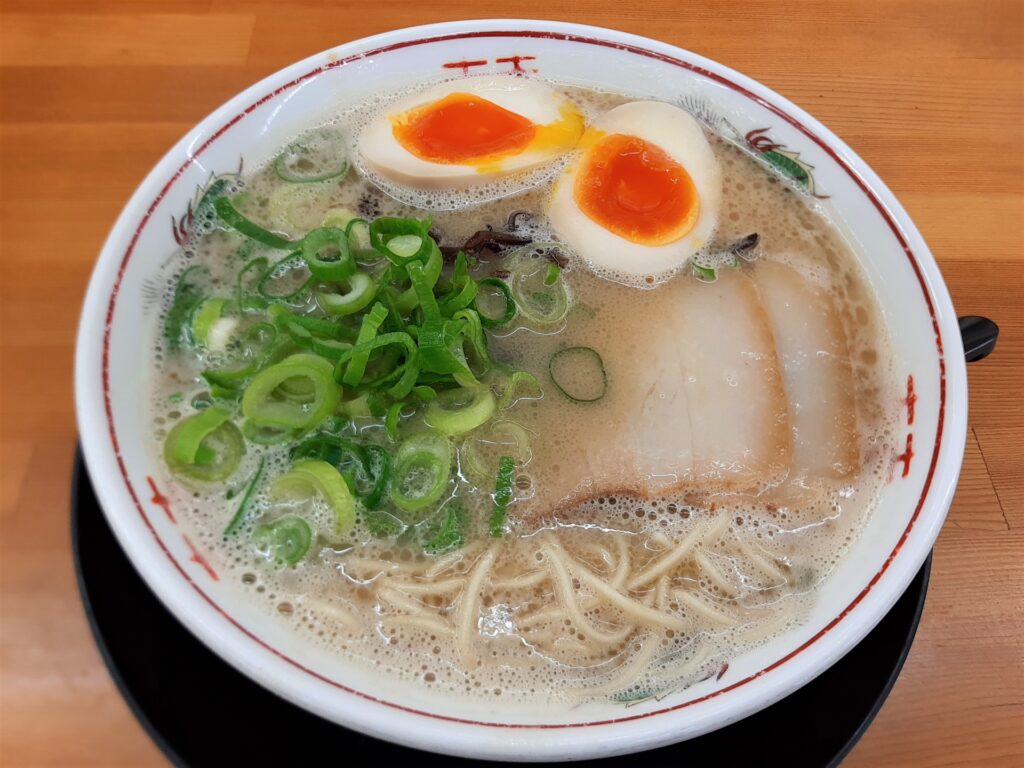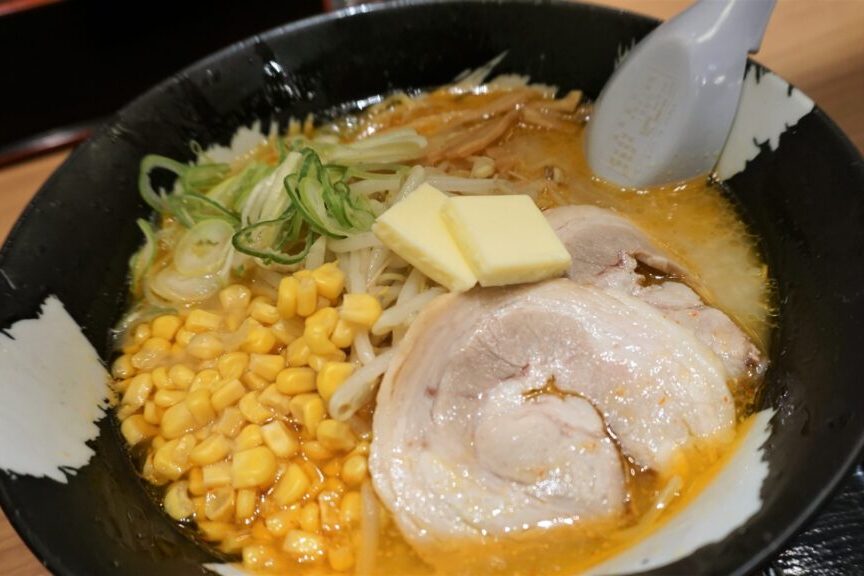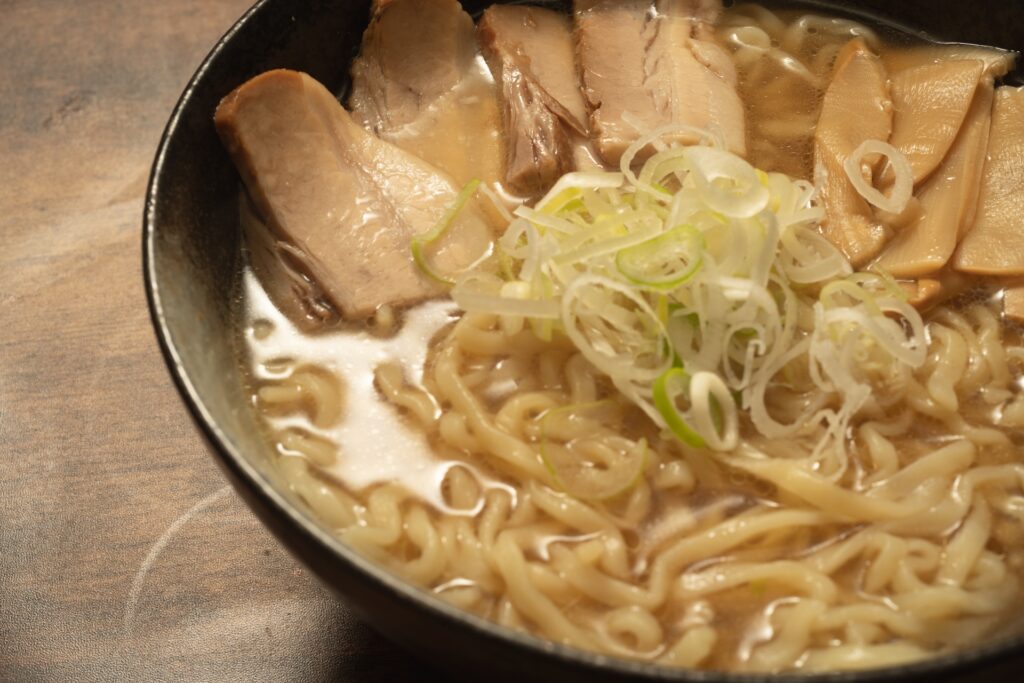Tsukemen
Tsukemen is a Japanese noodle dish where the noodles are dipped in a separate broth and eaten. It is primarily considered a type of ramen. Depending on the restaurant, it may be listed on the menu as “morisoba”, “tsukesoba”, or “zaru”.
特徴
Tsukemen is a Japanese noodle dish in which boiled noodles are refreshed with cold water, then dipped into a separate hot or cold soup to eat. “Atsumori” refers to the method of serving these refreshed noodles in a warmed state. The soup for Tsukemen is often richer than that of regular ramen and can have a variety of flavors such as sourness, sweetness, fish powder, and spiciness. Unlike ramen, the focus of Tsukemen is on the noodles, and the serving size is often about twice that of regular ramen. After eating, some restaurants offer “soup-wari,” a broth to dilute and enjoy the remaining dipping sauce. The toppings vary by restaurant but are often similar to those found in ramen, such as seaweed, char siu pork, bamboo shoots, and boiled eggs. Cold versions similar to “hiyashi chuka” (chilled Chinese noodles) or cold noodles also exist, and in some regions, they are referred to as “zaru ramen” or “zaru chuka.”
発祥
While there are various theories about the origin of Tsukemen in Japan, it is commonly believed that it was developed by Kazuo Yamagishi at Taishoken (Nakano branch) in Tokyo in 1955. When Yamagishi was young and working at a restaurant, he would soak leftover noodles in soup and soy sauce, a makeshift meal that became the prototype for Tsukemen. Noticing the interest from customers in this way of eating, Yamagishi decided to commercialize it, introducing it to the menu as “Morisoba.” This “Morisoba” was first sold as “Special Morisoba” in 1955 and is considered the inaugural Tsukemen dish. The dish continued to gain popularity, and around 1973, the name “Tsukemen” was used for the first time.
1970~1980
In the late 1970s, a “tsukemen” boom emerged in Japan, and it was referred to by various names such as “tsukemen,” “morisoba,” “tsukesoba,” and “chuka-mori.” From the 1970s to the early 1980s, House Foods released a “tsukemen” product. The commercials for this product featured actress Haruna Takase and manga artist Taira Hara. This product was of the type that was eaten with a cold “tare” (dipping sauce).
1990年代
Entering the Heisei era, Yamagishi changed his policy and began taking on disciples. From the mid-1990s, ramen shop owners who had trained at Yamagishi’s shop became independent, leading to an increase in tsukemen (dipping noodle) shops in the Kanto region, especially in Tokyo, around the year 2000. Around the same time, a shop called “Ganja” in Kawagoe City, Saitama Prefecture, gained popularity for its tsukemen made with “homemade thick noodles,” “fish powder,” and “rich dipping sauce.” This became the catalyst for the tsukemen boom in the mid-2000s. The “thick tsukemen” was praised for its unique noodle texture and how it paired with the soup, becoming a long-term trend in the Tokyo suburbs. This boom spread nationwide, intensifying competition and leading to many shops imitating the flavors of popular establishments.
2000以降
From the latter half of the 2000s, beyond the traditional taste of tsukemen, there was a movement among chefs to innovate using a variety of ingredients. This led to the emergence of diverse flavors, such as ethnic curry-inspired dishes and Italian-style menus using tomatoes and dairy products.In 2009, Japan’s first large-scale tsukemen event, the “Tsukemen Expo,” was held in Hibiya, Tokyo, and subsequently continued in various regions.In 2010, the Shin-Yokohama Ramen Museum concluded that tsukemen was not merely a fleeting trend but had established its position as a part of Japan’s “food culture.”




